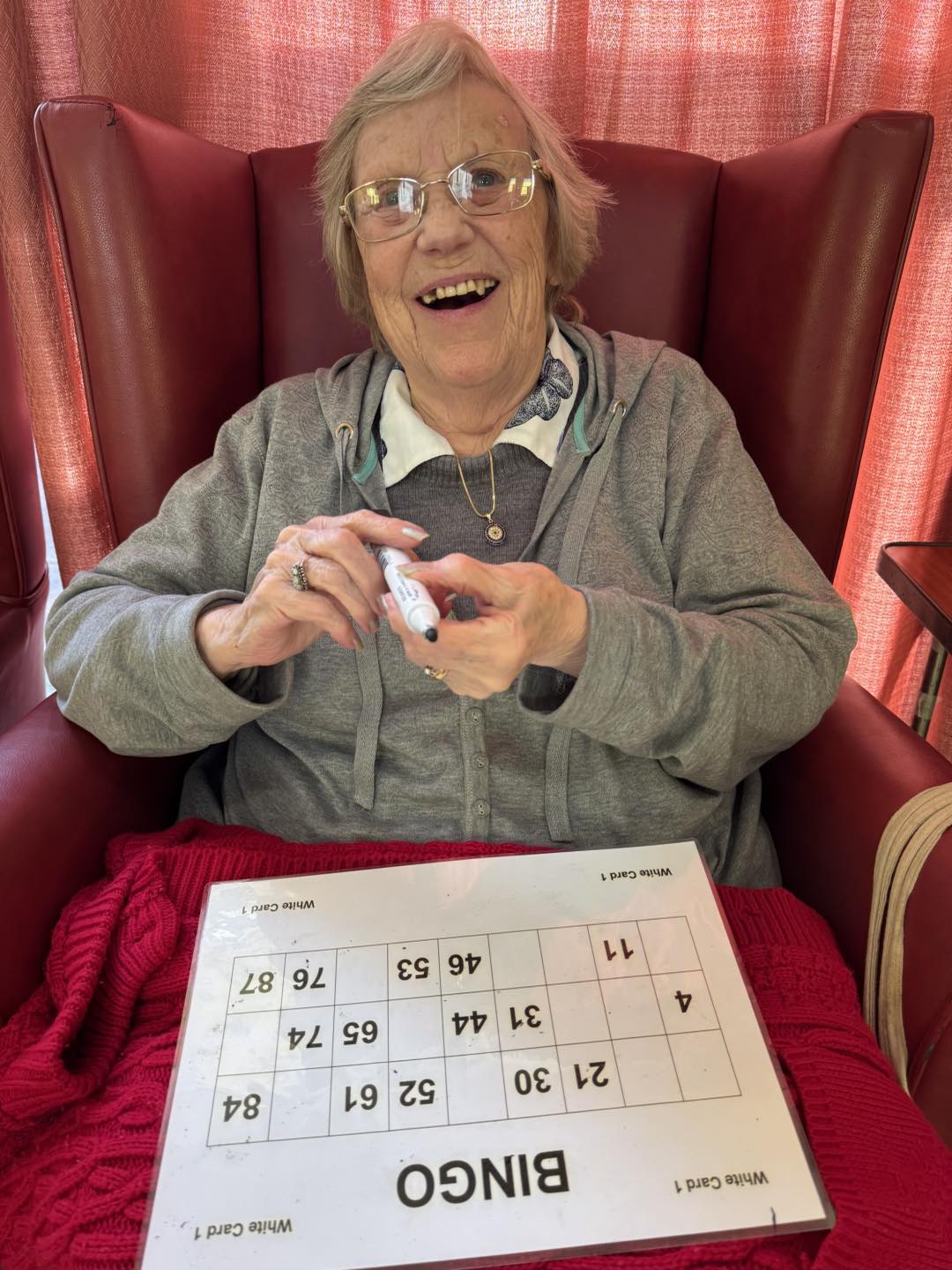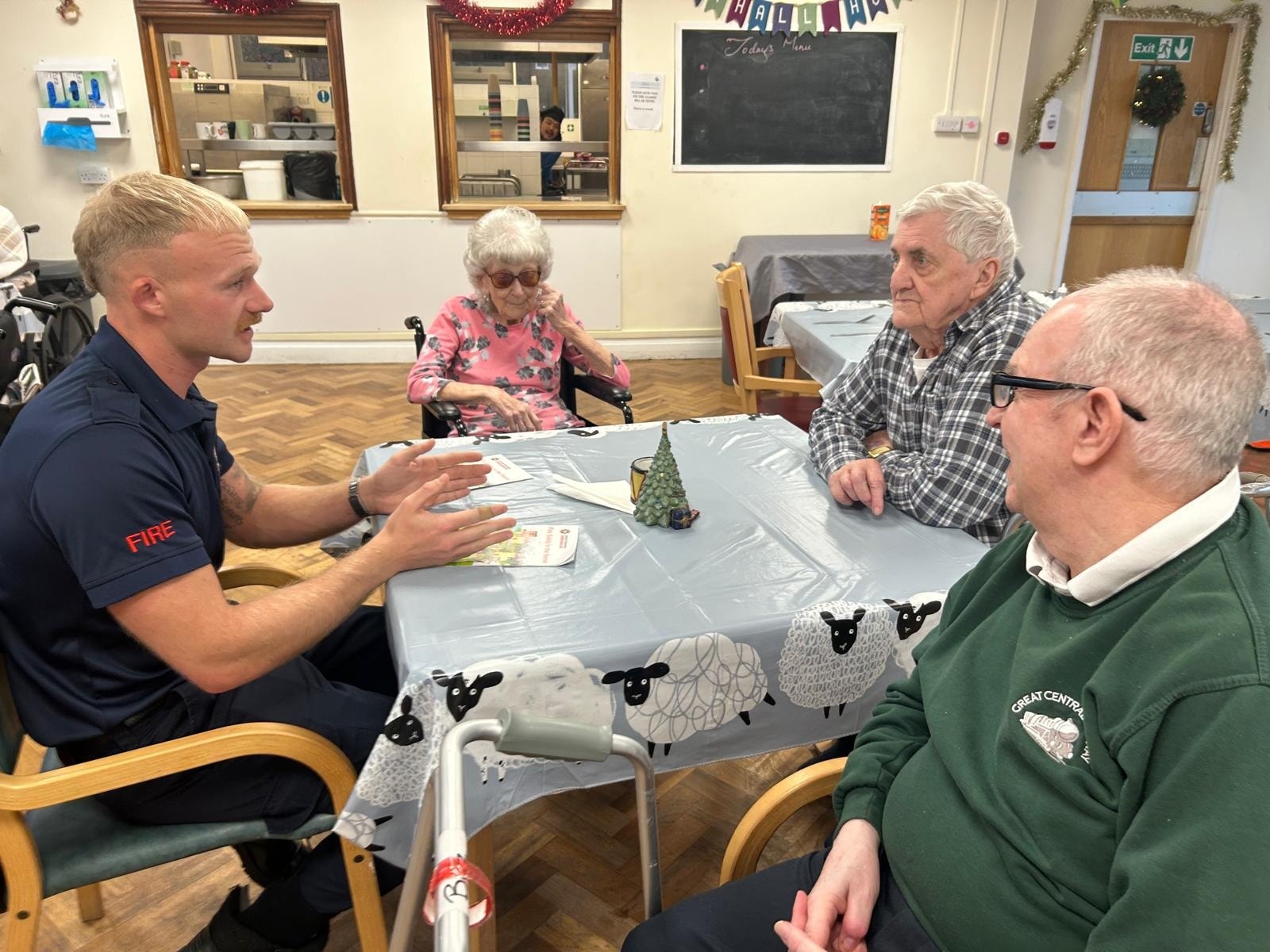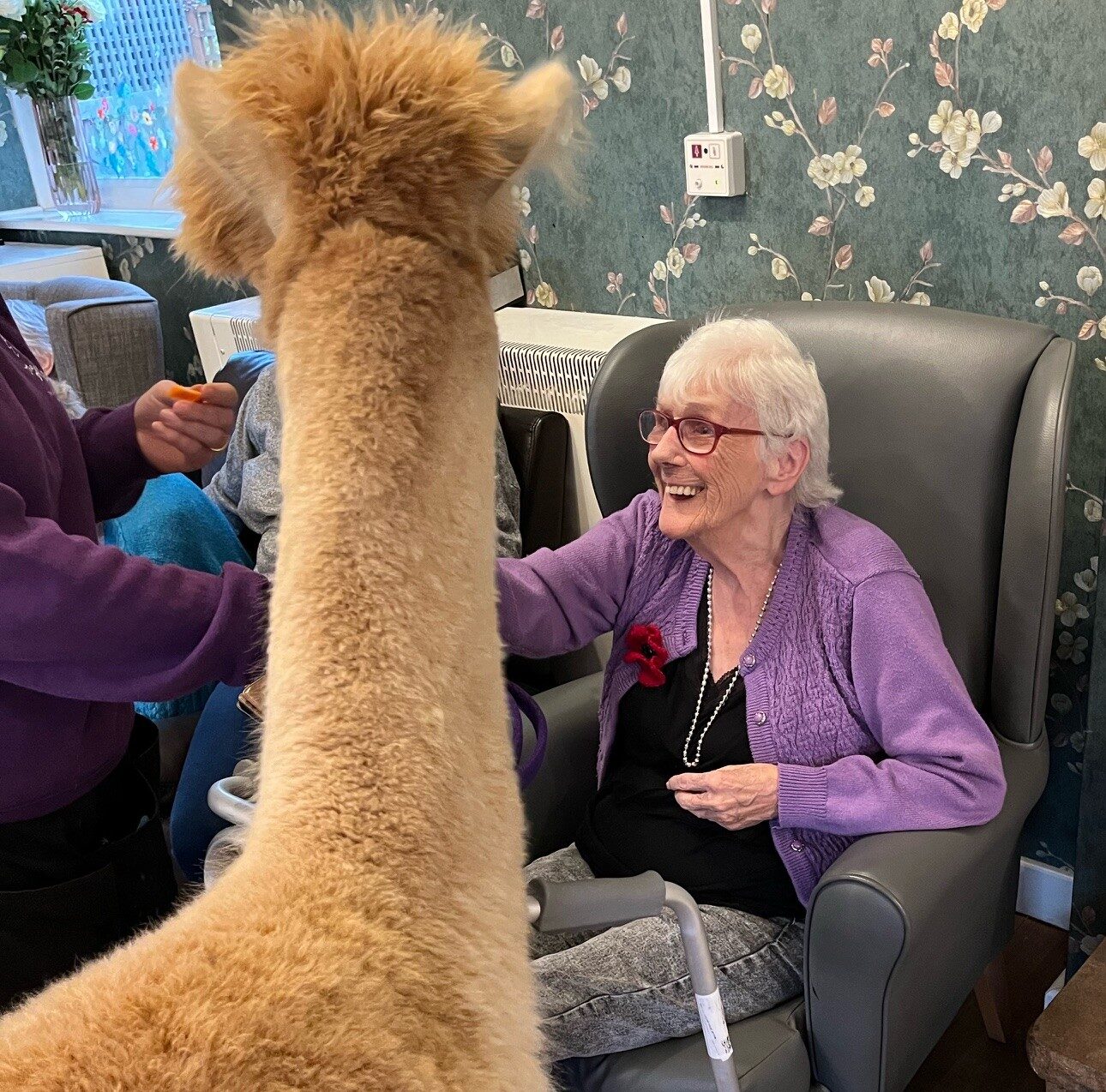Did you know that over 70% of seniors express a preference to age in their own homes?
As you navigate the maze of elderly care options, you’ll encounter two prominent choices: live-in care and home care.
While they may sound similar, they’re distinct in caregiver availability, cost, and the level of personalization they offer.
Understanding these differences is crucial, especially as they impact the well-being of your loved ones.
But how exactly do these services vary, and what does that mean for you and your family?
Let’s explore further, and uncover which option aligns best with your needs.
Key Takeaways
– Live-in care offers continuous, personalised assistance, ideal for those needing constant support.
– Home care provides flexible, part-time services suited for maintaining independence.
– Live-in care tends to be more costly due to round-the-clock care, but offers deeper caregiver-recipient bonds.
– Home care allows for adjustable hours and caregiver choices, catering to sporadic care needs.
Definition and Scope
Understanding the difference between live-in care and home care is crucial as you navigate the decision-making process for yourself or a loved one’s care needs. Both care types come with distinct definitions and scopes that cater to different service durations and care requirements, making it essential for you to discern which option aligns best with your needs.
Live-in care involves a caregiver staying in the home 24/7, providing continuous support and companionship. This option is ideal for individuals requiring constant assistance or those who prefer not to be alone overnight. The caregiver typically has their own sleeping quarters within the home and is available to help whenever needed, ensuring safety and providing peace of mind.
On the other hand, home care is more flexible and can be tailored to fit specific schedules. It includes various services such as personal care, meal preparation, and medication management but is provided on a part-time or as-needed basis. This means caregivers come to the home at scheduled times rather than living there, making it a suitable choice for those who need help with daily activities but still maintain a level of independence.
Choosing between these care types depends significantly on the service duration required and the level of support needed, making it imperative to consider these factors carefully.
Caregiver Availability
One of the key considerations in choosing between live-in care and home care is the availability of caregivers to meet your specific needs and schedule. Understanding the distinctions in caregiver availability can help you make an informed decision that best suits your or your loved one’s requirements.
Live-in care often involves a higher level of scheduling flexibility. Caregivers typically stay in the home for extended periods, ensuring consistent care. However, this model may require a dedicated space for the caregiver in your home.
Home care, on the other hand, offers more structured scheduling options. Caregivers come to the home for predetermined hours, which can vary from a few hours a week to several hours daily. This setup allows for:
– Customised care schedules
– Time for personal errands or appointments
– Breaks for the caregiver, ensuring they remain refreshed and alert
– Opportunities to adjust care hours based on changing needs
Regardless of the choice between live-in care and home care, ensuring caregivers have the appropriate training is crucial. Caregiver training equips them with the necessary skills to provide high-quality care, tailored to the unique needs of each individual.
Cost Comparisons
After considering the availability of caregivers, it’s also crucial to examine how live-in care and home care compare in terms of costs to make a decision that’s financially viable for you or your loved one. Understanding the differences in costs can guide you towards a more informed choice that aligns with your budget and needs.
Live-in care typically involves a caregiver staying in the home, which might seem more expensive initially. However, it’s a comprehensive solution that covers round-the-clock assistance, potentially offering a cost-effective option for continuous care needs. On the other hand, home care is charged by the hour, which can be more flexible for those requiring less intensive support. It allows you to tailor the hours based on need, which can control costs but might add up quickly if care needs increase.
Exploring financial assistance and payment options is vital in both scenarios. Many insurance plans, government programs, and private funding can provide support, reducing the out-of-pocket burden. It’s important to research and understand what financial help you’re eligible for, as this can significantly impact the overall cost of care. Making an informed decision requires balancing care needs with available financial resources.
Level of Personalization
When choosing between live-in care and home care, it’s essential to consider the level of personalization each option can offer to meet your specific needs. Both methods provide unique approaches to ensure you or your loved ones receive the right kind of support, but they differ significantly in how tailored the care can be.
Live-in care typically offers a higher degree of personalization because the caregiver is present around the clock. This constant presence allows for a deeper understanding of your daily routine, preferences, and needs. Home care, while flexible, often involves care provided on a schedule, which might mean adapting to the availability of different caregivers.
When evaluating personalization, consider:
– Care preferences: Live-in care can more easily adapt to your specific wants and needs.
– Family involvement: Both options encourage family involvement, but the continuous nature of live-in care might facilitate more seamless communication.
– Scheduling flexibility: Home care provides structured visits, while live-in care is inherently more flexible.
– Adaptability to changes: Live-in care can quickly adjust to any changes in your health or preferences.
Understanding these aspects will help you make an informed decision that aligns with your care requirements and personal wishes.
Pros and Cons
Having examined the level of personalization each care option offers, let’s now explore the advantages and disadvantages to better inform your decision.
Live-in care provides a high degree of personalization, ensuring that your loved one’s needs are met around the clock. This continuous presence not only offers peace of mind but also fosters a deeper emotional bond between the caregiver and the recipient. However, this option can be more expensive and might limit the care recipient’s sense of independence and privacy.
On the other hand, home care offers greater care flexibility, allowing services to be tailored to specific times of the day. This can be especially beneficial if your loved one values their independence but still requires assistance with certain tasks. Home care can also be more cost-effective for those who need only sporadic support. Yet, the emotional impact of having different caregivers come and go may be challenging for some, potentially leading to feelings of discomfort or lack of continuity in care.
Ultimately, your choice will depend on weighing these pros and cons against your loved one’s needs, preferences, and your family’s circumstances. Both options have their unique benefits and challenges, and understanding them is crucial to making an informed decision that ensures the well-being of your loved one.
Frequently Asked Questions
How Do Live-In Care and Home Care Services Adapt to Emergency Medical Situations?
In emergency medical situations, both services adapt through established emergency protocols and caregiver training. You’ll find caregivers are well-prepared to act swiftly and effectively, ensuring your safety and well-being during critical times.
Can Family Members Be Trained to Provide Supplementary Care Alongside Professional Live-In or Home Care Services?
Yes, family members can receive caregiver training to provide additional support. It improves family dynamics, ensuring everyone’s on the same page with professional services, fostering a supportive, informed environment for your loved one’s care.
What Are the Psychological Impacts of Transitioning From Independent Living to Receiving Live-In Care or Home Care?
You might experience an identity shift and need emotional resilience when transitioning to live-in or home care. It’s normal to feel a mix of emotions as you adjust to this new phase of life.
How Do These Care Options Accommodate Individuals With Specific Cultural or Linguistic Needs?
Both care options can meet your cultural or linguistic needs through cultural training and language programs for caregivers. This ensures you’re comfortable and understood, respecting your unique background while providing personalised, professional care.
What Are the Procedures for Changing or Terminating Services if the Care Recipient’s Needs Significantly Change or if There Are Issues With the Caregiver Compatibility?
If your needs change drastically or there’s a mismatch with your caregiver, service flexibility allows contract adjustments. You’ll discuss options with your provider to either modify services or, if necessary, terminate them professionally and compassionately.
Conclusion
In essence, you’re at a crossroads between a round-the-clock guardian angel with live-in care and a daily visitor through home care. Live-in care wraps around your routine, offering personalised, constant support, whereas home care grants flexibility and independence with scheduled visits.
While live-in care might lean heavier on the wallet, it’s unparalleled in companionship and comprehensive care. Each path shines in its own light, balancing cost, availability, and the depth of personal touch.
The choice hinges on aligning with your unique needs and preferences.




